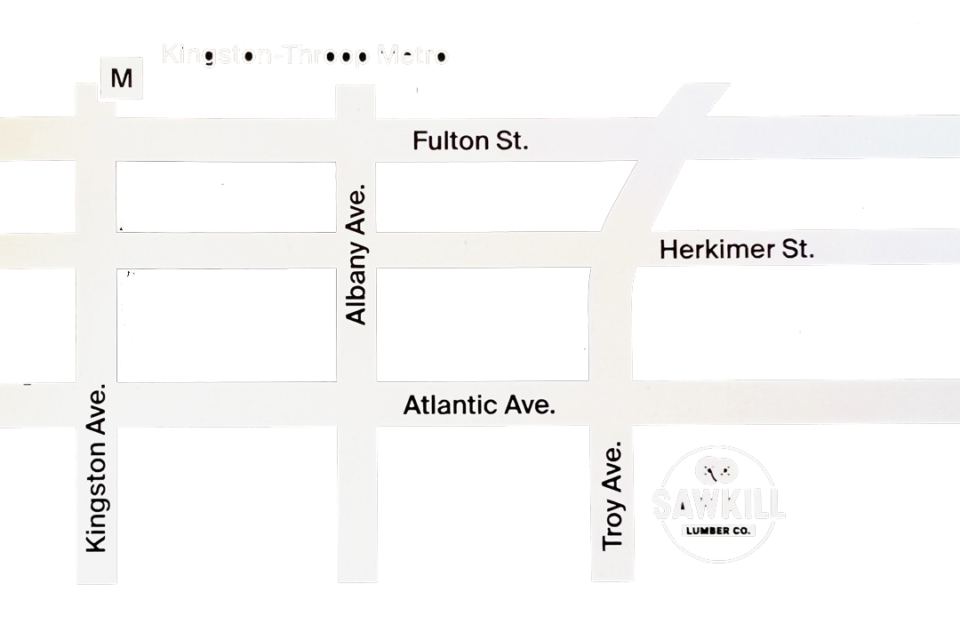 One defining feature of reclaimed wood floors is their wide widths – up to 12″. But less often mentioned is their longer average length – much longer. In a world where floors arrive cut and bundled into 1-5′ lengths, longer spans of individual boards can be an overlooked factor. But if the floor is fully covered, what is the difference? The frequent x-cuts on new wood floors act like road stops as the eye travels across a floor, giving it a less unified look and feel. It’s also an apt symbol for the long passage of time, as the woods have traveled hundreds of years from a small forest sapling to salvaged and re-manufactured modern floor.
One defining feature of reclaimed wood floors is their wide widths – up to 12″. But less often mentioned is their longer average length – much longer. In a world where floors arrive cut and bundled into 1-5′ lengths, longer spans of individual boards can be an overlooked factor. But if the floor is fully covered, what is the difference? The frequent x-cuts on new wood floors act like road stops as the eye travels across a floor, giving it a less unified look and feel. It’s also an apt symbol for the long passage of time, as the woods have traveled hundreds of years from a small forest sapling to salvaged and re-manufactured modern floor.


